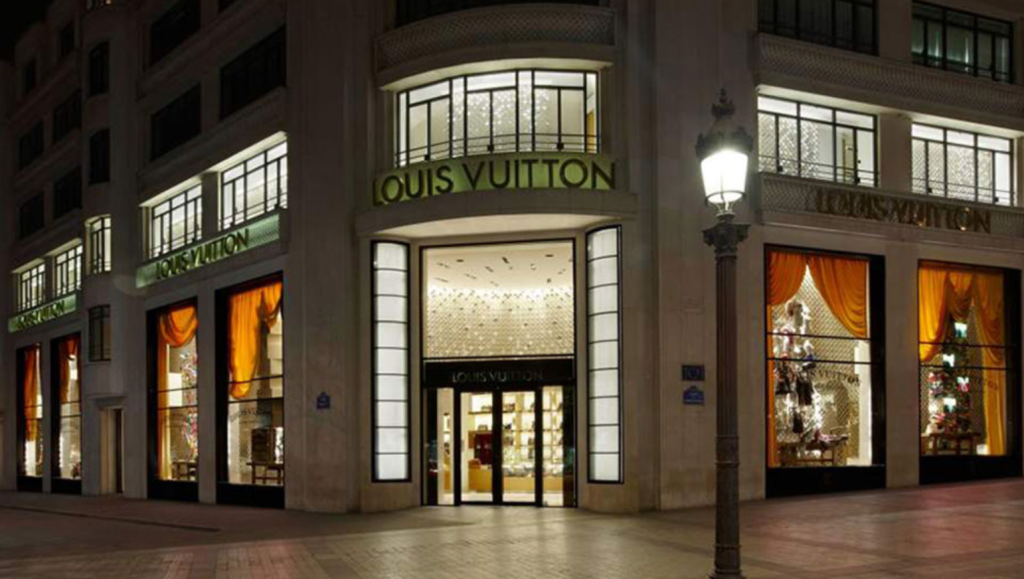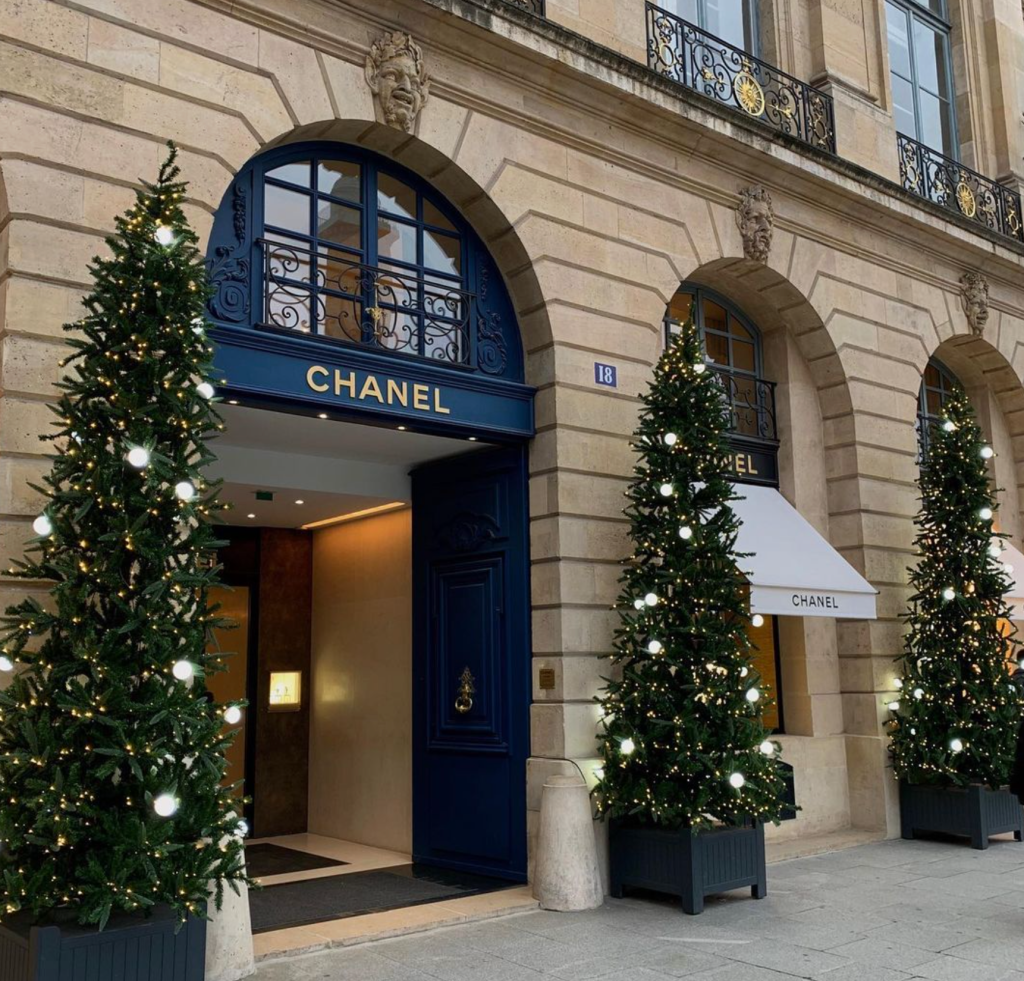Fashion as an Asset.
Vintage & secondhand fashion are thriving in the resale market.

We are aspirational beings.
More than a century ago, American economist and sociologist Thorstein Veblen tied the desirability of a good to its price. As the price increased, so did its desirability and demand. A luxury handbag is more desirable if expensive; if their price drops, so does consumer demand for them. Though Veblen’s idea of a good’s desirability defied the economic logic of utility, where the price of a good or service is inversely correlated with its demand. His thesis remains a bellwether in consumer culture. High-end goods or brands are aspirational, or socially positional. Fashion, watches, cars, wine, organic food, and travel experiences visibility and publicly convey the appearance of success, wealth, status, identity, and personal enlightenment to those around us.
The utility does not change. A $20 watch tells time as well as or better than a $25,000 gold Rolex. In truth, no one swoons over my $20 workout watch. Though they should. It’s a great value. But my Panerai GMT gets the right kind of attention and the watch has traveled exceedingly well while scuba diving, flying, and skydiving without the slightest hiccup. As one lady told me, I pay attention to a man’s watch, shoes, and grooming. Value like beauty is in the eye of the beholder.

Fashion for ladies moves beyond the utility of food, shelter, and clothing into pure desire. In the right dress, a lady’s disposition can blossom. Is it the dress on the lady or a mindset that screams, “I look really good in this!” The raw need to look good creates the demand for transformative apparel, shoes, purses, and accessories. But what is fashion at its root?
Paris, France is a mecca for fashion. It comes as no surprise that the word “fashion” (noun) circa 1300 was fasoun, a “physical make-up or composition; form, shape; appearance,” from Old French façon. The etymology of fashion goes further in our culture to become a bigger meaning of “style, manner” of make, dress, or embellishment (late 14th century); hence “prevailing custom; mode of dress and adornment prevailing in a place and time” (late 15th century). Its meaning of “good style, conformity to fashionable society’s tastes” is from the 1630s.

Fashion, at its core, becomes an ensemble or a group of items viewed together to form a style. It is a “look”. Unfortunately, as suggested by fashion’s etymology prevailing trends are subject to change over time. Colors and fabrics become hot for a season. Old designs are rediscovered as fresh and vibrant. The vicissitudes of taste and desire are cyclical like the rest of our world.
Fashion trends may be whimsical but quality stands the test of time. Houses like Chanel, Christian Dior, Dolce & Gabanna, Gucci, Prada, and Louis Vuitton headline fashion’s deep lineup of talented annual offerings.

My trigger event for this post was a series of articles from bloggers, Vogue, and the Economist spotting a growing trend in curation and re-sale of vintage & secondhand fashion. As those of you who know me will attest, my social media and media footprint is intentionally small so that I can interact. I am so naive as to be social, on social media. What a concept! If you take a great picture or write a great piece in the mainstream media or a blog, I will reach out to compliment your work.
Between Instagram, Facebook, Twitter, Youtube, and TikTok, I follow around 90 influencers, creators, and academics from select spots around the world. My media consumption covers a half dozen broad spectrum news, data, and information sites. My lens on the world might seem absurdly small but my network packs a Titantic sized punch when the need arises. I can always find a friend of a friend, for highly knowledgeable advice, insight, and direction.
My dominos fell as follows. I was blazing through a piece written by Franziska Nazarenus @franziskanazarenus an astute Paris-based fashion blogger slash influencer, that I follow on Instagram. She pointed out that in Paris, vintage is always in vogue. I stuffed that tidbit in the back of my mind and moved on.
A couple days later, a very chic Copenhagen-based Vintage & Secondhand Online Shop, The Grand Grace Society @thegrandgracesociety appeared on my radar. The proprietor, a beautiful Scandinavian with an incredible aesthetic for vintage clothing and photography caught my attention. Her subtle panache behind the lens caused me to sit up and take notice.
The Economist’s article “Fashion as an Asset Class” appeared days later on December 18, 2021, sealing the deal for me. Last but never least, on New Year’s Eve Vogue piled on the vintage bandwagon with Liana Satenstein’s “Why I Fell in Love With Retro It Bags This Year”. This emerging trend in vintage & secondhand fashion was nothing more than the stylish intersection of desire, recognizability, and scarcity. As a finance guy in a “past life”, I have a solid grasp of price, value, and the concept of economic utility and scarcity. Vintage & secondhand fashion would provide a stylish venue for a discussion of the dynamics of supply and demand economics and price formation. Nothing is as sexy as price formation.
The Economist article does a fine job of launching our discussion. “Where goods (clothing) lie on this spectrum (between durable and consumer) determines not only how long they last but what sort of market develops to trade in them. Many more people buy used homes or rent properties than buy new-builds, and only around a quarter of car purchases are of new vehicles. No one, by contrast, tries to resell bagged lettuce. Clothing lies in between. Well-made leather or denim items may last for a decade; a flimsy silk camisole for a season. But durability is not the only factor. Fashion matters, too: desirability can be fleeting.”
Desire no matter how fleeting, equals demand. Over time the supply of vintage & secondhand fashion items will naturally decline through use and loss causing the remaining carefully curated items to retain their value. Decreasing supply coupled with consistent demand creates price stability over time. All the while, fashion maintains its utility value as usable clothing, shoes, purses, and accessories. So by definition, as long as a secondary market exists for brand named vintage & secondhand fashion items, they are an asset, like a home or car.

Let us talk numbers. According to the Economist on the apparel side of fashion, resold clothing, fetched around $15bn in 2021, up from less than $1bn in 2013. ThredUp, an online resale marketplace, pegs the total resale market in 2021 at $35 billion with a prediction of $64 billion by 2028. The RealReal, a luxury consignment site, estimates 2021 revenues of $450+ million and 2022 revenues of $700 million. Accurate revenues figures are tough to derive. There is no typical resale shopper, just as there is no typical resale shop. And vintage & secondhand fashion and fast fashion are very different and these huge numbers muddle the three. That being said, the numbers look good. Even in the COVID-19 era, my deep dive into resold fashion suggests years of growth ahead.
According to those in the fashion world, vintage fashion is items made between 20 years ago and 100 years ago, if it clearly represents the era in which it was made. Slow fashion is products generally made by hand and designed to last. Chanel, Christian Dior, Dolce & Gabanna, Gucci, Prada, and Louis Vuitton are just a few of the brands you would recognize. The last distinction is fast fashion, which by contrast denotes mass-produced and machine-made garments that are low-priced and are quickly discarded.
“The Sex and the City” reboot “And Just Like That” has fully embraced the trend in vintage & secondhand fashion. Carrie Bradshaw’s outfits are being curated and styled in conjunction with ThredUp the self-styled “We’re an online consignment & thrift store for your closet, your wallet, and the planet.”

Not a pure commodity, vintage & secondhand fashion items are often unique and were intentionally limited in their original production run. Which means there is a “baked in” scarcity of the best items. That being said, new technology has brought more unique and limited pieces to a broader audience. With the slew of new offerings, keeping an eye on the trends in fashion and finding the best buys that match a buyer’s taste is the trick. Fashionistas like @thegrandgracesociety act as market makers with their daily emersion in the vintage & secondhand world offering invaluable assistance to the fashion-savvy woman of today. Trusting your advisor becomes paramount.
Back to Ms. Nazarenus’ article, where she summed up what really mattered. “I also learned from Parisian women that designer outfits fresh off the catwalk are boring (and of course priceless). Instead, they rely on a combination of old, new, expensive, and cheap key pieces. An individual, effortless chic style is guaranteed. ”
As I surveyed the vintage & secondhand fashion landscape, I see the resale market blossoming thanks to value-minded and sustainable-conscious consumers. The analytics firm WGSN, suggests that $300 billion in assets remain trapped in closets. How that $300 billion is segmented between vintage & secondhand and fast fashion is not fully explained. And there is a huge difference between the three markets, so buyer beware.
As concerns over the environmental impact of fast fashion increase, consumers recognize the inherent sustainability of shopping vintage & secondhand. Estimates put fast fashion at 4-10% of total carbon emissions. More carbon in the atmosphere than shipping and aviation combined. With an increasing awareness of reducing waste and pruning one’s closet, we are progressing from a disposable society to a recycling society. A looming cultural shift portends an enormous market impact for the resale industry. It is easy to see vintage & secondhand as the best kind of recycling.
Is fashion an asset class? Absolutely. Allow me to caution you, quality brands are essential in sustaining price in the secondary, or aftermarket. Trusting your fashion advisor comes next. For any secondary market to prosper, buyers and sellers must trust.
Please follow both ladies mentioned in this piece on IG @thegrandgracesociety @franziskanazarenus . Also, shopping @theGrandGraceSociety is a must for the discerning fashionista, let’s not forget the link here for your vintage & secondhand fashion needs.
Until next time.

